- Home
- Premium Decor Base Paper for Durable Laminates & Furniture
Sep . 23, 2025 01:55 Back to list
Premium Decor Base Paper for Durable Laminates & Furniture
1. Introduction to decor base paper and Industry Trends
In the realm of surface lamination and decorative panel production, decor base paper serves as the foundational substrate for creating a vast array of aesthetic and durable finishes. This specialized paper is engineered to accept intricate printing patterns, which are then saturated with thermosetting resins, primarily melamine, to produce `melamine impregnated decorative paper`. The resulting product, often referred to as `decor paper` or `melamine decorative paper`, forms the decorative and protective layer for a multitude of interior applications, ranging from furniture and flooring to architectural panels.
The selection of high-quality raw materials and precision in manufacturing are paramount, as the integrity of the finished decorative surface largely depends on the technical characteristics of the underlying `decorative base paper`. This article delves into the critical aspects of this essential material, highlighting its manufacturing intricacies, technical specifications, diverse applications, and the strategic advantages it offers to industrial manufacturers.
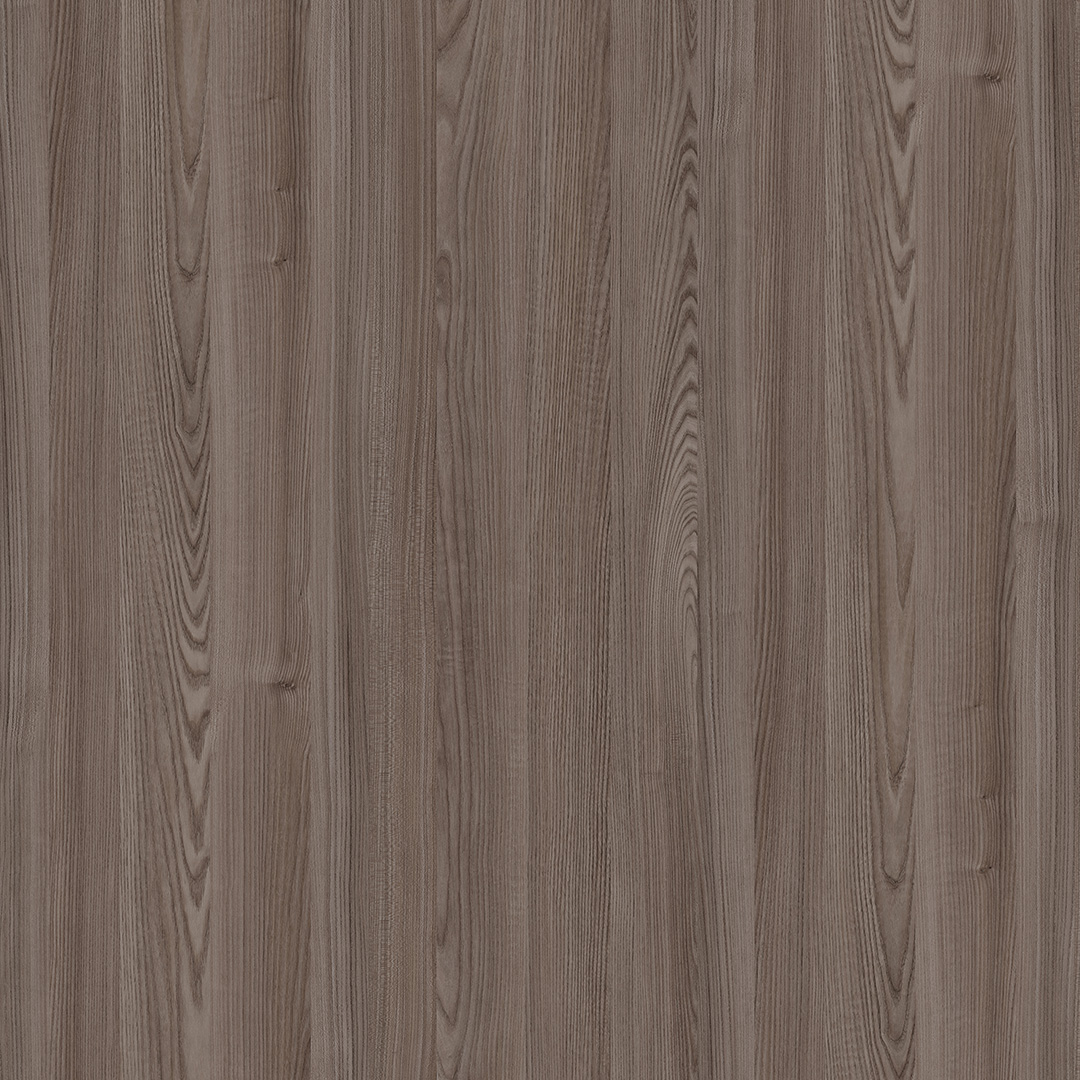
1.1 Current Market Dynamics and Innovations
The global market for `decorative base paper` is experiencing dynamic shifts, driven by several key trends. Sustainability is a major focus, with increasing demand for paper produced from responsibly managed forests (FSC certified) and manufacturing processes that minimize environmental impact. Innovations in digital printing technology are revolutionizing design possibilities, allowing for hyper-realistic wood grains, complex abstract patterns, and bespoke designs with unprecedented fidelity. This pushes the boundaries for the base paper, requiring enhanced printability and absorption uniformity.
Furthermore, advancements in resin chemistry are leading to `impregnated melamine paper` with superior performance characteristics, such as increased scratch resistance, enhanced UV stability, and anti-bacterial properties. These developments are critical for meeting the evolving demands of industries like healthcare, hospitality, and high-traffic commercial spaces. The drive for lightweight yet durable materials also influences the development of base papers with optimized strength-to-weight ratios, ensuring efficiency in material handling and overall product cost.
2. The Manufacturing Process of Decor Base Paper
The production of decor base paper is a sophisticated process that requires meticulous control over raw materials and various manufacturing stages to ensure consistent quality and optimal performance when impregnated with melamine resins. The inherent properties of the base paper directly influence the appearance, durability, and service life of the final laminated product.
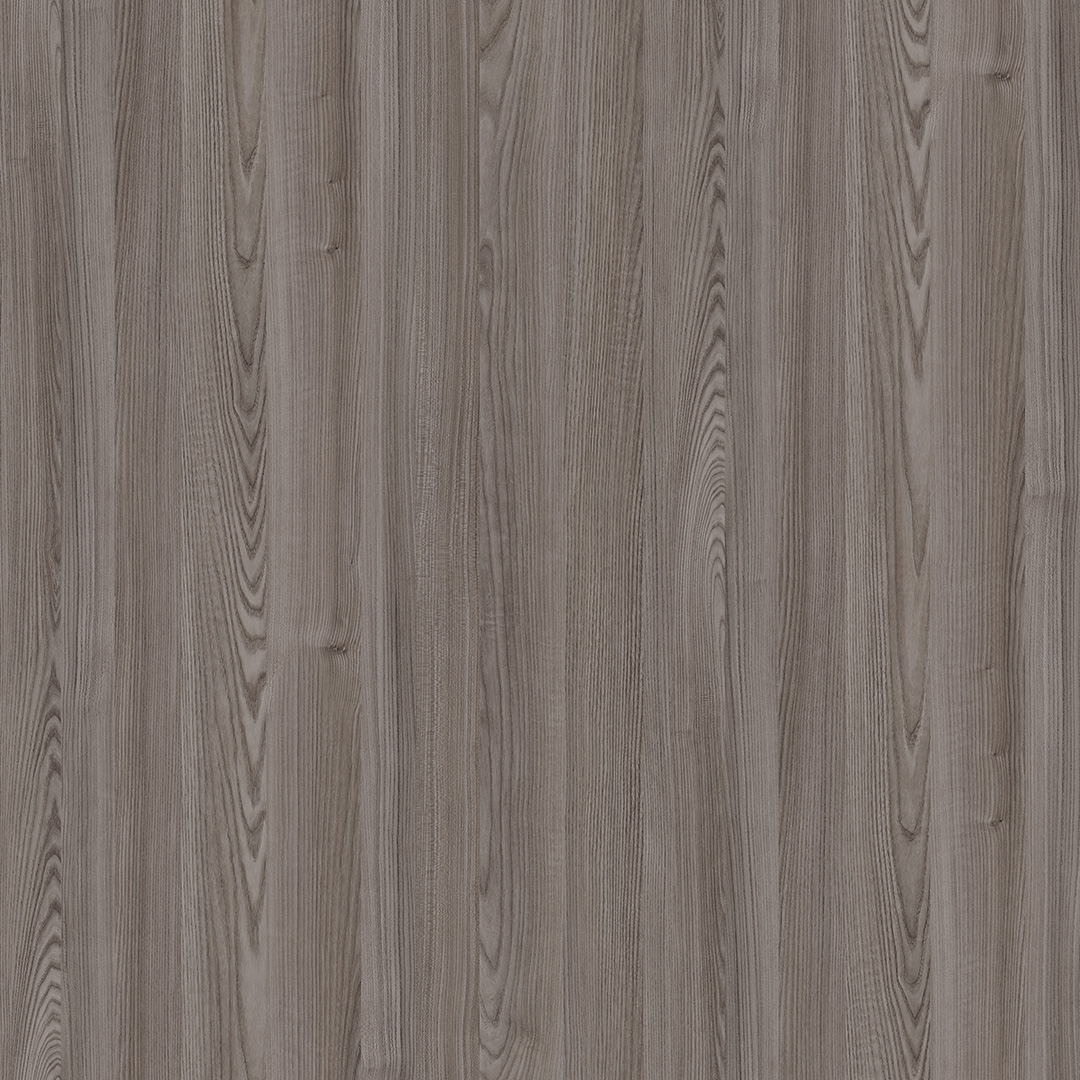
2.1 Raw Material Selection and Preparation
The foundation of high-quality decor base paper lies in the selection of premium raw materials. Typically, bleached chemical pulp, often hardwood kraft pulp, is preferred for its excellent strength, brightness, and formation characteristics. Titanium dioxide (TiO2) is a critical additive, used as a filler to achieve desired opacity and whiteness, which are essential for vivid and consistent print results. Other additives include wet strength resins to improve the paper's handling during the impregnation process, and various chemicals to control pH and optimize sheet formation. All raw materials undergo stringent quality checks to meet ISO standards for purity and consistency.
2.2 Paper Formation and Drying
The pulp is first refined and mixed with water and additives to create a homogeneous slurry. This slurry is then fed onto a Fourdrinier paper machine, where it is uniformly distributed onto a moving wire mesh. Water is rapidly drained, forming a nascent paper web. The wet web then passes through a series of press rolls that mechanically remove more water, increasing the sheet's density and strength. Subsequently, the paper enters a drying section, typically consisting of steam-heated cylinders, where the remaining moisture is evaporated until the desired moisture content is achieved. Precision control over moisture content is crucial for dimensional stability and optimal resin absorption later.
2.3 Surface Treatment and Quality Control
After drying, the decor paper may undergo further surface treatments such as calendering to achieve desired smoothness and caliper uniformity. This step is vital for ensuring optimal print fidelity and an even resin spread during impregnation. Throughout the entire manufacturing process, rigorous quality control measures are implemented. These include online sensors for continuous monitoring of grammage, moisture content, and opacity. Laboratory tests are performed on samples taken at various stages, adhering to international standards such as ISO 536 for grammage, ISO 2471 for opacity, and ISO 1974 for tear resistance. The service life of the end product, for example, a laminated furniture panel, can exceed 10-15 years when utilizing high-quality base paper and proper lamination techniques. This robust manufacturing protocol targets industries such as furniture manufacturing, flooring, and interior fit-outs, where consistency and durability are paramount.
Simplified Decor Base Paper Process Flow
- ➤ Raw Material Preparation (Pulp, TiO2, Additives)
- ➤ Slurry Mixing & Refining
- ➤ Paper Formation on Fourdrinier Machine
- ➤ Pressing & Initial Water Removal
- ➤ Multi-Stage Drying (Steam Cylinders)
- ➤ Calendering & Surface Finishing (Optional)
- ➤ Winding & Slitting into Rolls
- ➤ Comprehensive Quality Control & Testing
3. Technical Specifications and Performance Parameters
Understanding the precise technical specifications of decor base paper is crucial for B2B decision-makers and engineers. These parameters dictate the paper's suitability for various printing technologies and its performance during the impregnation and lamination processes. Consistent technical properties ensure reliable and high-quality decorative panels.
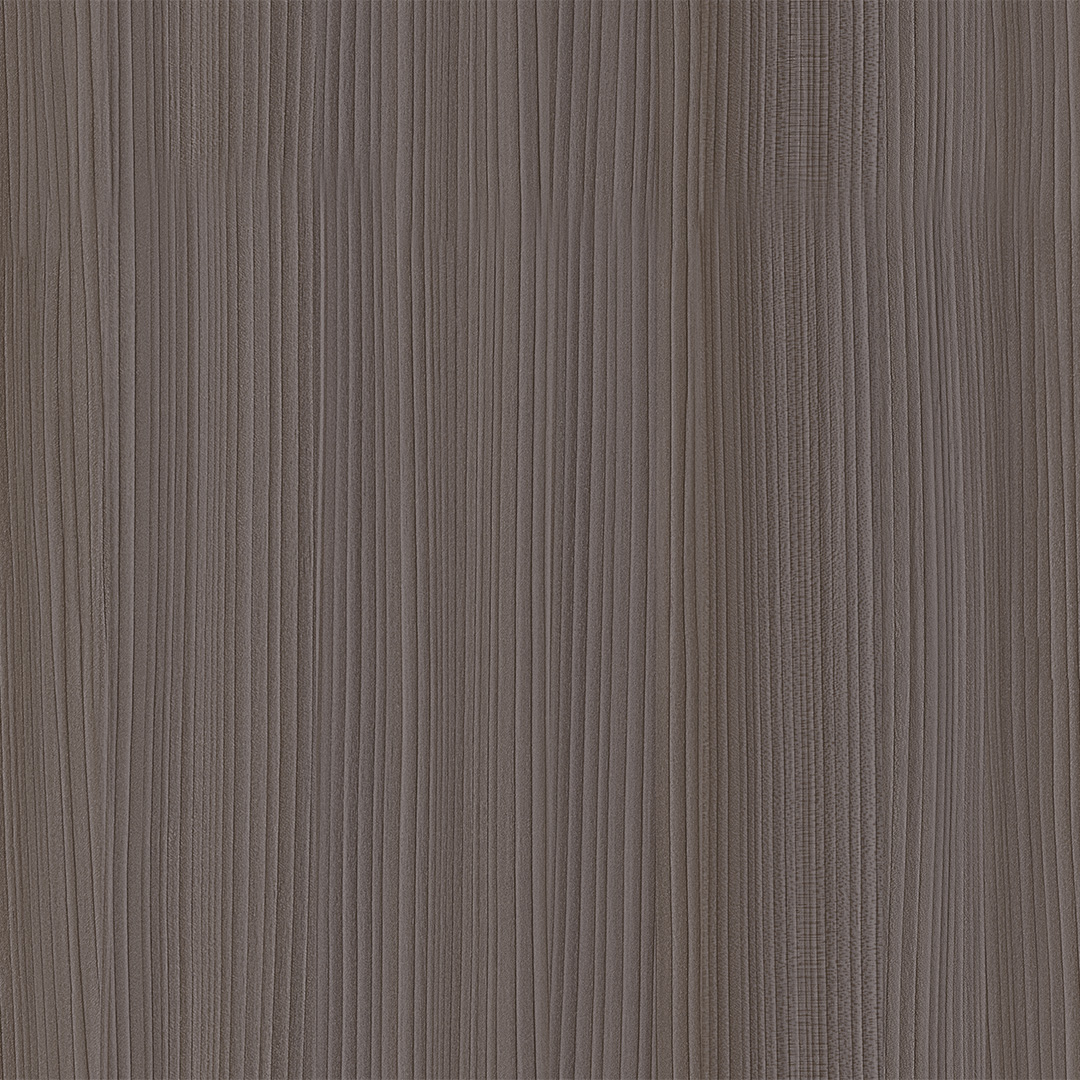
3.1 Key Properties of Decor Base Paper
The performance of decor paper is defined by several critical physical and optical characteristics. Grammage, or basis weight (g/m²), indicates the paper's density and plays a role in its strength and resin uptake. Opacity, typically measured as a percentage, is vital for preventing the substrate (e.g., MDF or particleboard) from showing through the printed design. Porosity affects the absorption rate and uniformity of the impregnating resins, directly impacting cure time and bond strength. Tensile strength and elongation are measures of the paper's mechanical resilience, crucial for handling during printing and impregnation. Smoothness and brightness contribute to the fidelity of printed designs and overall aesthetic quality. Each of these parameters is rigorously tested to ensure the base paper performs optimally as a `decorative base paper`.
| Parameter | Unit | Typical Range | Testing Standard |
|---|---|---|---|
| Grammage | g/m² | 60 - 120 | ISO 536 |
| Opacity | % | ≥ 88 (for white), ≥ 92 (for dark colors) | ISO 2471 |
| Tensile Strength (MD) | kN/m | ≥ 1.5 | ISO 1924-2 |
| Porosity (Gurley) | s/100ml | 10 - 25 | ISO 5636-5 (formerly TAPPI T 460) |
| pH Value | - | 6.5 - 7.5 | ISO 6588-1 |
| Brightness (ISO) | % | ≥ 85 | ISO 2470-1 |
3.2 Advanced Material Science in Decor Paper Production
The selection and treatment of cellulose fibers are critical for achieving the desired physical properties of decor base paper. Long, strong fibers contribute to tensile strength, while shorter fibers enhance formation and smoothness. The interaction of these fibers with fillers like titanium dioxide dictates opacity and print quality. Moreover, the paper's surface energy and pore structure are carefully controlled to optimize the absorption and distribution of thermosetting resins, especially for `melamine impregnated decorative paper`. This scientific approach ensures that the paper acts as a perfect canvas for high-definition printing and a robust carrier for protective resin layers.
4. Application Scenarios and Industries Served
The versatility of `melamine impregnated paper` derived from high-quality decor base paper makes it indispensable across numerous industries. Its capacity to transform base substrates into visually appealing and highly functional surfaces is a cornerstone of modern manufacturing.
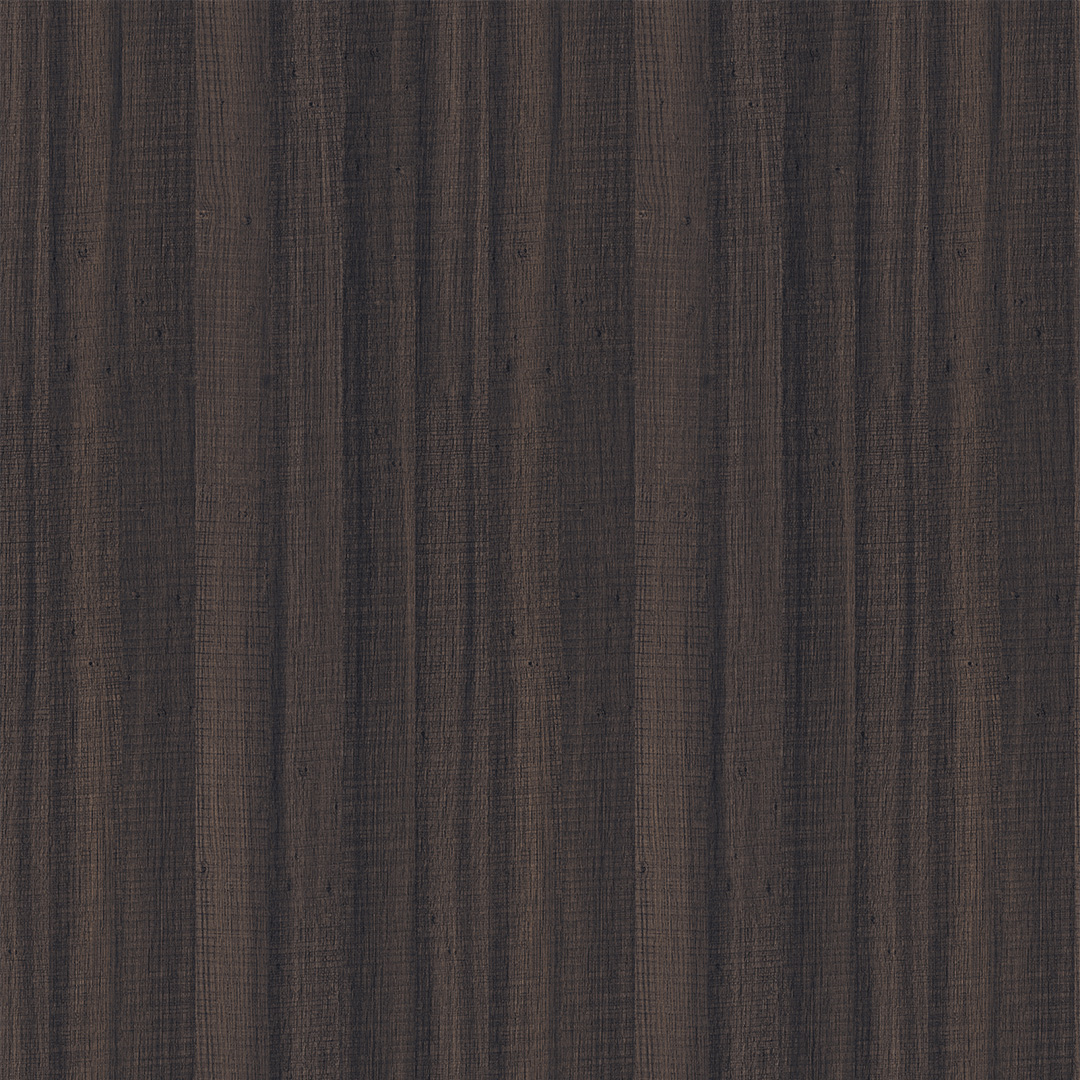
4.1 Furniture Manufacturing
The furniture industry is a primary consumer of `melamine decorative paper`. From kitchen cabinets and wardrobe doors to office desks and shelving units, decor base paper provides the decorative finish for particleboard, Medium Density Fiberboard (MDF), and High-Pressure Laminates (HPL). The ability to replicate natural wood grains, stone textures, and abstract designs with high fidelity offers unparalleled design flexibility, allowing manufacturers to create diverse product lines that meet various market demands. Its cost-effectiveness and durability make it a preferred alternative to solid wood or veneers.
4.2 Interior Design and Architectural Panels
In interior design, decor base paper is used to produce laminated panels for wall cladding, door skins, and decorative surfaces in commercial and residential spaces. Its aesthetic versatility, combined with the protective properties of `melamine impregnated decorative paper`, offers durable and easy-to-maintain solutions for high-traffic areas. The wide range of available designs, from sophisticated solid colors to realistic material imitations, allows designers to achieve specific aesthetic visions without compromising on performance.
4.3 Automotive and Other Specialized Applications
Emerging applications for `decor paper` extend to specialized fields such as automotive interiors, where it contributes to aesthetic appeal and durability of surfaces. In RVs and mobile homes, lightweight yet robust laminated panels using decor base paper are favored for their functional and decorative qualities. Its resistance to wear, scratches, and common chemicals makes it an ideal choice for surfaces requiring longevity and minimal maintenance in demanding environments.
5. Technical Advantages of High-Quality Melamine Impregnated Decorative Paper
The technical advantages offered by high-quality decor base paper, once impregnated and pressed, are substantial, providing superior performance compared to many other decorative surfacing materials. These advantages are critical for the longevity and aesthetic appeal of finished products.
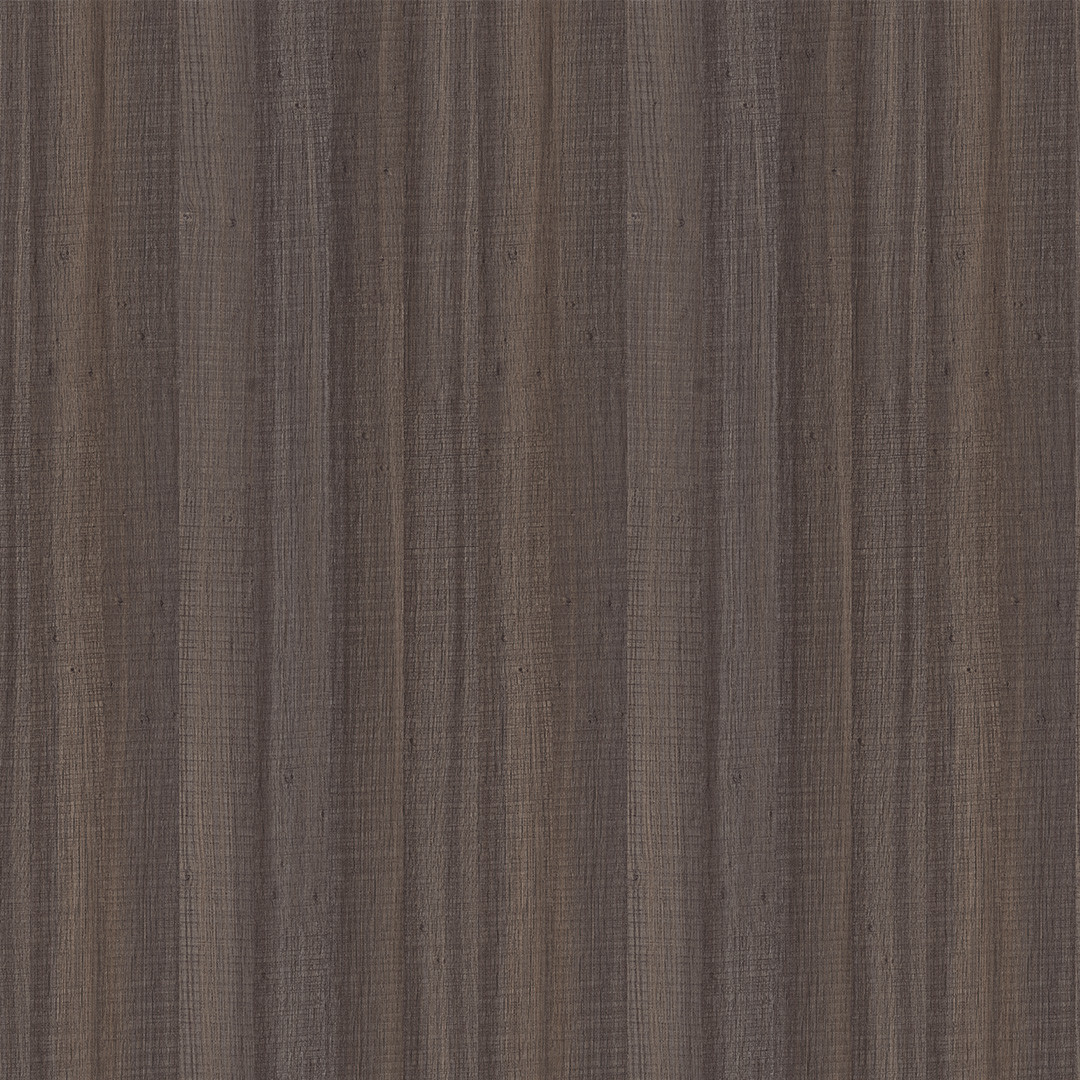
5.1 Enhanced Durability and Wear Resistance
When infused with melamine resin, decor base paper transforms into a hard, impact-resistant surface. This `melamine impregnated paper` exhibits excellent resistance to scratches, abrasion, and surface impact, making it ideal for high-traffic areas and heavily used furniture. The cross-linked polymer structure formed during the curing of the melamine resin provides a robust protective layer that withstands daily wear and tear, far surpassing the durability of non-laminated surfaces or those coated with less resilient materials. This extends the service life of furniture and panels, reducing replacement costs and maintenance.
5.2 Aesthetic Versatility and Print Fidelity
One of the most significant advantages of decor paper is its unparalleled aesthetic versatility. Its uniform surface and high opacity allow for exceptional print fidelity, enabling manufacturers to reproduce intricate designs, vibrant colors, and realistic textures. From rich wood grains and sophisticated stone effects to modern abstract patterns, the visual possibilities are virtually limitless. This ensures color consistency across batches and designs, a crucial factor for large-scale production and brand consistency. The resin layer further enhances color depth and provides a lasting finish that resists fading from UV exposure.
5.3 Environmental and Health Standards Compliance
Modern decor base paper and `melamine impregnated decorative paper` solutions are increasingly engineered to meet stringent environmental and health standards. Manufacturers prioritize low formaldehyde emissions, often meeting E0 or CARB P2 standards, making them safe for indoor environments. Many suppliers offer FSC-certified `decorative base paper`, ensuring responsible sourcing of raw materials. This commitment to sustainability and health compliance not only meets regulatory requirements but also appeals to environmentally conscious consumers and businesses, enhancing market acceptance and brand reputation.
| Feature | Melamine Impregnated Paper | PVC Film | Painted Surface |
|---|---|---|---|
| Scratch Resistance | Excellent (AC3-AC5) | Good | Fair to Poor |
| Heat Resistance | High (up to 180°C) | Moderate (up to 80°C) | Good |
| Chemical Resistance | Excellent | Good | Fair |
| UV Resistance | Very Good | Moderate (can yellow) | Varies by paint type |
| Formability/Post-forming | Limited (thermoset) | Excellent (thermoplastic) | Good (after curing) |
| Environmental Impact | Low VOC, often FSC certifiable | Higher VOC possible, PVC concerns | Varies, VOC emissions |
6. Vendor Comparison and Selection Criteria
Selecting the right supplier for decor base paper is a strategic decision that impacts product quality, production efficiency, and overall profitability. Manufacturers must consider several critical factors beyond just unit cost to ensure a consistent and reliable supply chain for their `decorative base paper` needs.
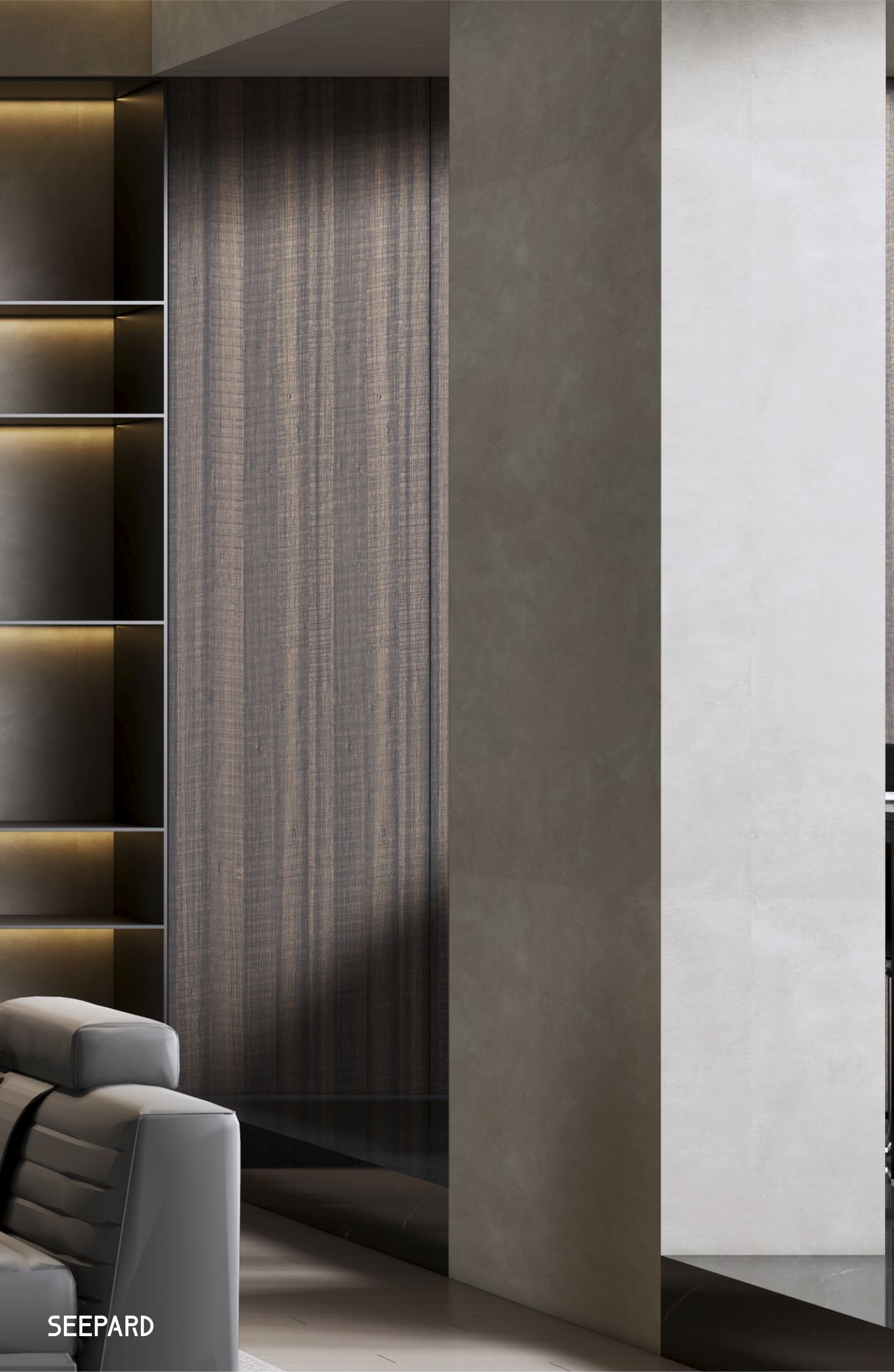
6.1 Evaluating Suppliers for Decor Base Paper
When evaluating suppliers for `decor paper`, key considerations include their quality control protocols, consistency of product batches, and adherence to international standards like ISO 9001 for quality management. A reputable vendor will provide comprehensive test data, certifications (e.g., FSC, Greenguard), and robust R&D capabilities to support custom requirements and future innovations. Furthermore, logistical capabilities, lead times, and reliable delivery schedules are crucial for uninterrupted production. Assessing a vendor's technical support and after-sales service is also vital, ensuring any issues can be promptly addressed and resolved.
6.2 Shineway Paper: A Leader in Wood Grain Printing Melamine Films
Shineway Paper distinguishes itself as a premier provider in the `melamine impregnated decorative paper` market, specializing in Wood Grain Printing Melamine Films for Furniture Decoration. With extensive experience and a commitment to innovation, Shineway Paper offers a product that ensures superior print fidelity, excellent resin absorption characteristics, and unmatched durability when converted into a decorative laminate. Their stringent quality control, adherence to global testing standards, and dedicated customer support make them a trusted partner for furniture manufacturers and interior solution providers seeking high-performance decor base paper and finished decorative films.
7. Customized Solutions and R&D Capabilities
The demand for unique and specialized decorative surfaces is constantly growing. Leading manufacturers of decor base paper offer extensive customization options and leverage robust R&D capabilities to meet these evolving market needs.
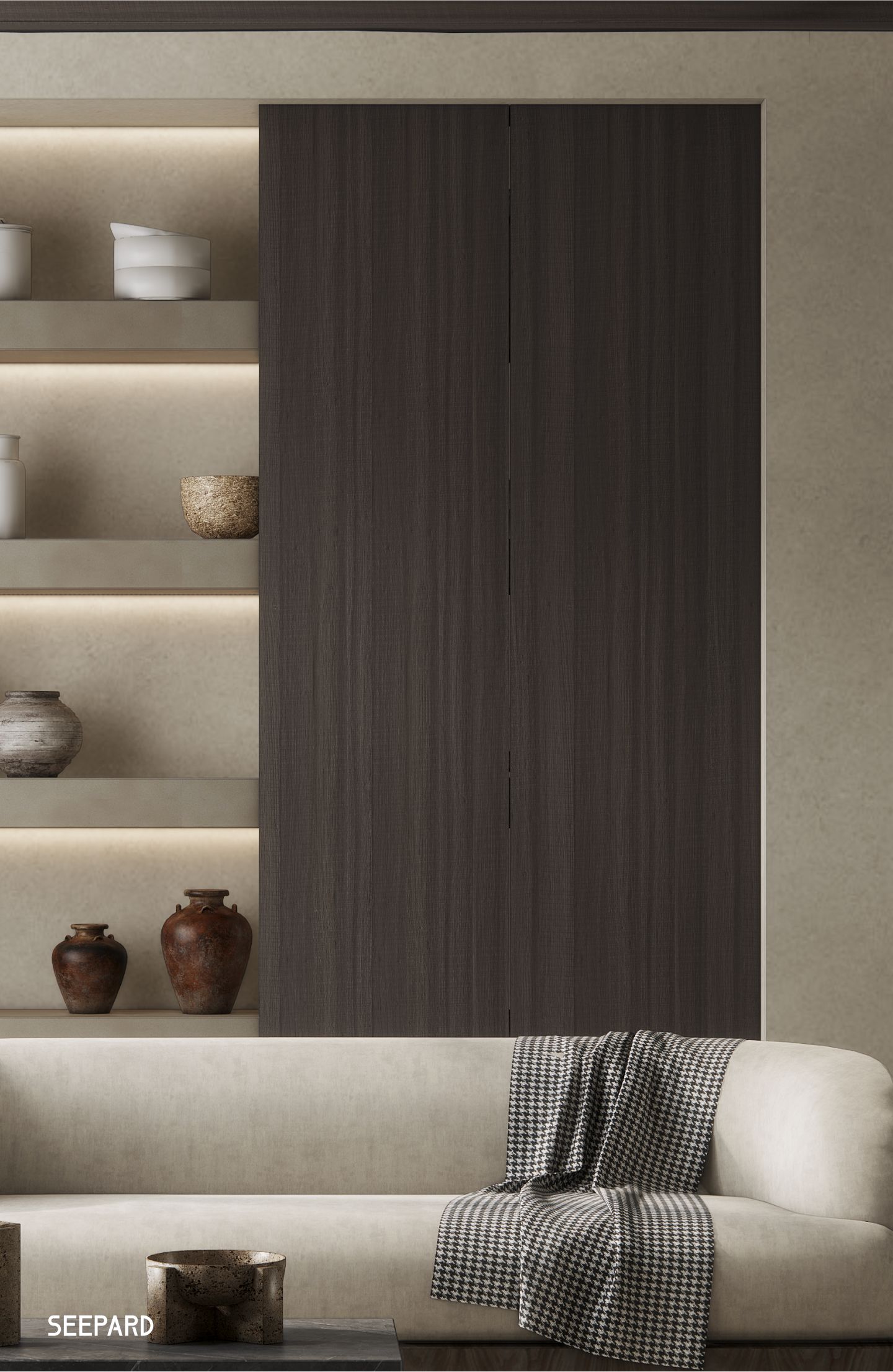
7.1 Bespoke Decor Paper Development
Customized solutions in `decorative base paper` encompass a wide range of possibilities, including bespoke grammage specifications, tailored opacity levels for specific substrates, and even custom-developed paper formulations for unique resin systems. This allows furniture and panel manufacturers to differentiate their products in a competitive market. Whether it's developing a base paper that achieves a particular color saturation with a new pigment or one that offers enhanced tear strength for demanding applications, a capable decor base paper supplier can provide the necessary technical expertise and manufacturing flexibility.
7.2 Collaboration and Innovation
True innovation often stems from collaborative efforts between the decor base paper manufacturer and its clients. By engaging in joint development projects, companies can create next-generation `impregnated melamine paper` solutions that push boundaries in aesthetics, performance, and sustainability. R&D focuses on improving characteristics such as printability for digital and gravure technologies, optimizing resin absorption profiles, and enhancing the overall environmental footprint of the `decor paper`. This forward-thinking approach ensures that the products remain at the forefront of industry trends and technological advancements.
8. Application Case Studies and Client Successes
Real-world application case studies demonstrate the tangible benefits and proven reliability of high-quality `melamine impregnated paper` in various industrial settings. These examples highlight how robust decor base paper contributes to successful projects and client satisfaction.
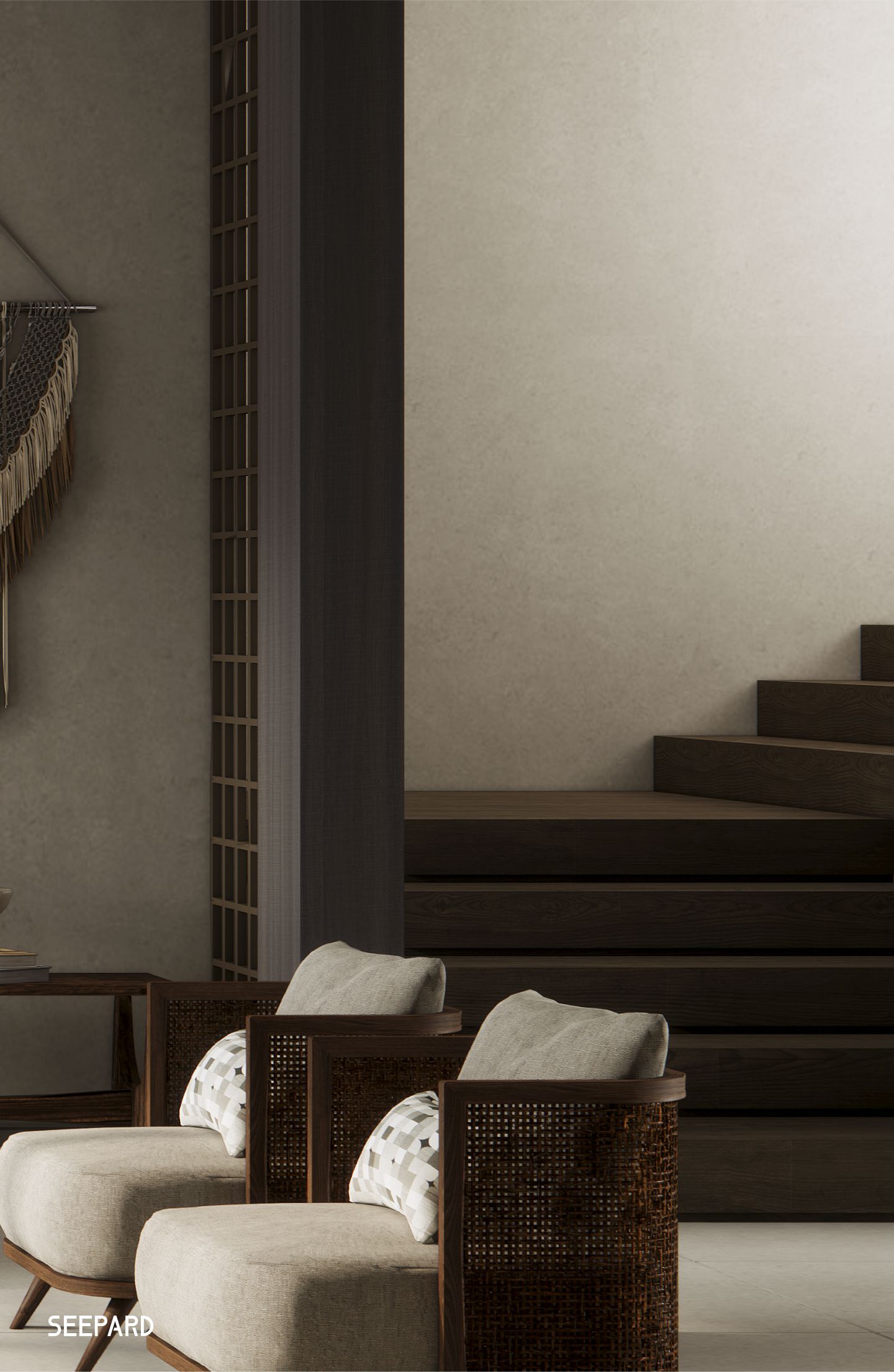
8.1 Case Study 1: High-Volume Furniture Manufacturer
A leading furniture manufacturer faced challenges with inconsistent print quality and resin absorption from their previous decor base paper supplier, leading to production bottlenecks and increased waste. Partnering with a specialist in `decorative base paper`, they implemented a new high-consistency base paper with optimized porosity and surface smoothness. This resulted in a 15% reduction in production rejects, a 10% increase in printing speed, and consistently vibrant, high-definition wood grain finishes across their entire product range. The enhanced material performance significantly improved their factory's output and product reputation for quality.
8.2 Case Study 2: Boutique Interior Design Project
A high-end architectural firm required a unique, custom-designed decorative panel for a luxury hotel lobby. The design featured an intricate, multi-layered abstract pattern that demanded exceptional print fidelity and color depth. Working closely with a `decor paper` supplier that offered bespoke solutions, they developed a specialized decor base paper with enhanced brightness and an ultra-smooth finish. This custom base allowed for the precise reproduction of the complex graphic, which was then impregnated with a high-gloss melamine resin. The final panels exceeded aesthetic expectations, providing a durable and visually stunning surface that became a focal point of the hotel's interior, showcasing the versatility and quality achievable with advanced decorative paper solutions.
9. Trust and Reliability: Certifications, Warranty, and Support
For B2B partners, trust and reliability are paramount. A reputable supplier of decor base paper backs its products with verifiable certifications, clear lead times, robust warranties, and comprehensive customer support, ensuring peace of mind for their clients.

9.1 Quality Assurance and Certifications
Leading manufacturers of `decorative base paper` adhere to rigorous quality management systems, typically certified under ISO 9001. This ensures consistent product quality and process reliability from pulp to finished roll. Environmental certifications, such as FSC (Forest Stewardship Council) for responsible forestry, and compliance with low-emission standards like CARB P2 or E0 for formaldehyde content, demonstrate a commitment to sustainability and health. These certifications provide independent verification of product claims and reinforce customer confidence in the decor base paper supplied.
9.2 Lead Times, Logistics, and Warranty Information
Reliable lead times are critical for managing production schedules. Typically, standard orders for decor base paper can be fulfilled within 2-4 weeks, depending on volume and customization requirements. Suppliers often offer flexible logistics solutions, including global shipping and expedited options, to meet diverse client needs. Comprehensive product warranties cover manufacturing defects and ensure the paper meets specified technical parameters upon delivery. Detailed documentation and batch traceability are standard, providing transparency and accountability.
9.3 Customer Support and After-Sales Service
Exceptional customer support is a hallmark of a trustworthy decor base paper supplier. This includes expert technical assistance for product selection, application guidance, and troubleshooting. Dedicated account managers ensure smooth order processing and proactive communication. Post-purchase support, including handling inquiries about product performance or quality, ensures long-term client satisfaction and fosters enduring partnerships.
10. Frequently Asked Questions (FAQ) about Decor Base Paper

- Q: What is the primary difference between standard paper and decor base paper?
- A: Decor base paper is specifically engineered for decorative lamination. It features optimized grammage, high opacity (often achieved with titanium dioxide fillers), controlled porosity for uniform resin absorption, and superior surface smoothness for high-fidelity printing. Standard papers lack these specialized characteristics required for producing `melamine impregnated decorative paper`.
- Q: How does `melamine impregnated paper` contribute to product durability?
- A: When decor base paper is impregnated with melamine resin and then heat-pressed, the resin undergoes polymerization, forming a hard, thermoset plastic layer. This layer provides exceptional resistance to scratches, abrasion, moisture, heat, and common household chemicals, significantly extending the lifespan and maintaining the aesthetic appeal of the finished product.
- Q: Can decor base paper be customized for specific design requirements?
- A: Yes, highly. Leading suppliers offer extensive customization options for decor base paper. This includes adjusting grammage, opacity, brightness, and even surface properties to optimize for specific printing technologies or desired aesthetic outcomes. Custom formulations can also be developed to work with unique resin systems or application demands, ensuring the perfect `decorative base paper` for your project.
- Q: What environmental certifications should I look for in a `decor paper` supplier?
- A: Key environmental certifications include FSC (Forest Stewardship Council) for sustainably sourced wood pulp, and compliance with low-emission standards such as CARB P2 or E0 for formaldehyde content. These demonstrate a commitment to environmental responsibility and consumer health, which are increasingly important factors in product selection for `melamine decorative paper`.
- Q: What is the typical service life of products using `melamine impregnated decorative paper`?
- A: The service life can vary depending on the application and usage conditions. However, high-quality furniture, flooring, or architectural panels using well-manufactured decor base paper and expertly applied `impregnated melamine paper` typically offer excellent durability and can last upwards of 10-15 years or more in residential settings, and 5-10 years in commercial applications with appropriate wear ratings (e.g., AC3-AC5 for flooring).
References
- TAPPI Technical Information Papers (various). Technical Association of the Pulp and Paper Industry.
- ISO Standards (e.g., ISO 536, ISO 2471, ISO 1924-2, ISO 5636-5, ISO 6588-1, ISO 2470-1). International Organization for Standardization.
- Forest Stewardship Council (FSC) Certification Standards for Forest Management and Chain of Custody.
- California Air Resources Board (CARB) Airborne Toxic Control Measure (ATCM) for Composite Wood Products.
- Pizzi, A., & Mittal, K. L. (Eds.). (1994). Handbook of Adhesive Technology. CRC Press. (relevant for melamine resins).
Latest news
-
Duplex Board - High Stiffness, Smooth Print, Food Safe
NewsNov.17,2025
-
Furniture Decoration Paper: Durable, Eco-Friendly, OEM Ready
NewsNov.17,2025
-
Furniture Decoration Paper: Durable, Eco & OEM Designs
NewsNov.17,2025
-
Duplex Board Paper – Coated, High Stiffness, Grey/White Back
NewsNov.17,2025
-
Decor Base Paper for Laminate - High Opacity, Clean Print
NewsNov.17,2025
-
Coated Duplex Board: Stiff, Food-Safe, Grey Back Options
NewsNov.11,2025
Sep . 08, 2025 16:39 Back to list
Premium Decor Base Paper for Durable Laminates & Furniture
1. Introduction to decor base paper and Industry Trends
In the realm of surface lamination and decorative panel production, decor base paper serves as the foundational substrate for creating a vast array of aesthetic and durable finishes. This specialized paper is engineered to accept intricate printing patterns, which are then saturated with thermosetting resins, primarily melamine, to produce `melamine impregnated decorative paper`. The resulting product, often referred to as `decor paper` or `melamine decorative paper`, forms the decorative and protective layer for a multitude of interior applications, ranging from furniture and flooring to architectural panels.
The selection of high-quality raw materials and precision in manufacturing are paramount, as the integrity of the finished decorative surface largely depends on the technical characteristics of the underlying `decorative base paper`. This article delves into the critical aspects of this essential material, highlighting its manufacturing intricacies, technical specifications, diverse applications, and the strategic advantages it offers to industrial manufacturers.

1.1 Current Market Dynamics and Innovations
The global market for `decorative base paper` is experiencing dynamic shifts, driven by several key trends. Sustainability is a major focus, with increasing demand for paper produced from responsibly managed forests (FSC certified) and manufacturing processes that minimize environmental impact. Innovations in digital printing technology are revolutionizing design possibilities, allowing for hyper-realistic wood grains, complex abstract patterns, and bespoke designs with unprecedented fidelity. This pushes the boundaries for the base paper, requiring enhanced printability and absorption uniformity.
Furthermore, advancements in resin chemistry are leading to `impregnated melamine paper` with superior performance characteristics, such as increased scratch resistance, enhanced UV stability, and anti-bacterial properties. These developments are critical for meeting the evolving demands of industries like healthcare, hospitality, and high-traffic commercial spaces. The drive for lightweight yet durable materials also influences the development of base papers with optimized strength-to-weight ratios, ensuring efficiency in material handling and overall product cost.
2. The Manufacturing Process of Decor Base Paper
The production of decor base paper is a sophisticated process that requires meticulous control over raw materials and various manufacturing stages to ensure consistent quality and optimal performance when impregnated with melamine resins. The inherent properties of the base paper directly influence the appearance, durability, and service life of the final laminated product.

2.1 Raw Material Selection and Preparation
The foundation of high-quality decor base paper lies in the selection of premium raw materials. Typically, bleached chemical pulp, often hardwood kraft pulp, is preferred for its excellent strength, brightness, and formation characteristics. Titanium dioxide (TiO2) is a critical additive, used as a filler to achieve desired opacity and whiteness, which are essential for vivid and consistent print results. Other additives include wet strength resins to improve the paper's handling during the impregnation process, and various chemicals to control pH and optimize sheet formation. All raw materials undergo stringent quality checks to meet ISO standards for purity and consistency.
2.2 Paper Formation and Drying
The pulp is first refined and mixed with water and additives to create a homogeneous slurry. This slurry is then fed onto a Fourdrinier paper machine, where it is uniformly distributed onto a moving wire mesh. Water is rapidly drained, forming a nascent paper web. The wet web then passes through a series of press rolls that mechanically remove more water, increasing the sheet's density and strength. Subsequently, the paper enters a drying section, typically consisting of steam-heated cylinders, where the remaining moisture is evaporated until the desired moisture content is achieved. Precision control over moisture content is crucial for dimensional stability and optimal resin absorption later.
2.3 Surface Treatment and Quality Control
After drying, the decor paper may undergo further surface treatments such as calendering to achieve desired smoothness and caliper uniformity. This step is vital for ensuring optimal print fidelity and an even resin spread during impregnation. Throughout the entire manufacturing process, rigorous quality control measures are implemented. These include online sensors for continuous monitoring of grammage, moisture content, and opacity. Laboratory tests are performed on samples taken at various stages, adhering to international standards such as ISO 536 for grammage, ISO 2471 for opacity, and ISO 1974 for tear resistance. The service life of the end product, for example, a laminated furniture panel, can exceed 10-15 years when utilizing high-quality base paper and proper lamination techniques. This robust manufacturing protocol targets industries such as furniture manufacturing, flooring, and interior fit-outs, where consistency and durability are paramount.
Simplified Decor Base Paper Process Flow
- ➤ Raw Material Preparation (Pulp, TiO2, Additives)
- ➤ Slurry Mixing & Refining
- ➤ Paper Formation on Fourdrinier Machine
- ➤ Pressing & Initial Water Removal
- ➤ Multi-Stage Drying (Steam Cylinders)
- ➤ Calendering & Surface Finishing (Optional)
- ➤ Winding & Slitting into Rolls
- ➤ Comprehensive Quality Control & Testing
3. Technical Specifications and Performance Parameters
Understanding the precise technical specifications of decor base paper is crucial for B2B decision-makers and engineers. These parameters dictate the paper's suitability for various printing technologies and its performance during the impregnation and lamination processes. Consistent technical properties ensure reliable and high-quality decorative panels.

3.1 Key Properties of Decor Base Paper
The performance of decor paper is defined by several critical physical and optical characteristics. Grammage, or basis weight (g/m²), indicates the paper's density and plays a role in its strength and resin uptake. Opacity, typically measured as a percentage, is vital for preventing the substrate (e.g., MDF or particleboard) from showing through the printed design. Porosity affects the absorption rate and uniformity of the impregnating resins, directly impacting cure time and bond strength. Tensile strength and elongation are measures of the paper's mechanical resilience, crucial for handling during printing and impregnation. Smoothness and brightness contribute to the fidelity of printed designs and overall aesthetic quality. Each of these parameters is rigorously tested to ensure the base paper performs optimally as a `decorative base paper`.
| Parameter | Unit | Typical Range | Testing Standard |
|---|---|---|---|
| Grammage | g/m² | 60 - 120 | ISO 536 |
| Opacity | % | ≥ 88 (for white), ≥ 92 (for dark colors) | ISO 2471 |
| Tensile Strength (MD) | kN/m | ≥ 1.5 | ISO 1924-2 |
| Porosity (Gurley) | s/100ml | 10 - 25 | ISO 5636-5 (formerly TAPPI T 460) |
| pH Value | - | 6.5 - 7.5 | ISO 6588-1 |
| Brightness (ISO) | % | ≥ 85 | ISO 2470-1 |
3.2 Advanced Material Science in Decor Paper Production
The selection and treatment of cellulose fibers are critical for achieving the desired physical properties of decor base paper. Long, strong fibers contribute to tensile strength, while shorter fibers enhance formation and smoothness. The interaction of these fibers with fillers like titanium dioxide dictates opacity and print quality. Moreover, the paper's surface energy and pore structure are carefully controlled to optimize the absorption and distribution of thermosetting resins, especially for `melamine impregnated decorative paper`. This scientific approach ensures that the paper acts as a perfect canvas for high-definition printing and a robust carrier for protective resin layers.
4. Application Scenarios and Industries Served
The versatility of `melamine impregnated paper` derived from high-quality decor base paper makes it indispensable across numerous industries. Its capacity to transform base substrates into visually appealing and highly functional surfaces is a cornerstone of modern manufacturing.

4.1 Furniture Manufacturing
The furniture industry is a primary consumer of `melamine decorative paper`. From kitchen cabinets and wardrobe doors to office desks and shelving units, decor base paper provides the decorative finish for particleboard, Medium Density Fiberboard (MDF), and High-Pressure Laminates (HPL). The ability to replicate natural wood grains, stone textures, and abstract designs with high fidelity offers unparalleled design flexibility, allowing manufacturers to create diverse product lines that meet various market demands. Its cost-effectiveness and durability make it a preferred alternative to solid wood or veneers.
4.2 Interior Design and Architectural Panels
In interior design, decor base paper is used to produce laminated panels for wall cladding, door skins, and decorative surfaces in commercial and residential spaces. Its aesthetic versatility, combined with the protective properties of `melamine impregnated decorative paper`, offers durable and easy-to-maintain solutions for high-traffic areas. The wide range of available designs, from sophisticated solid colors to realistic material imitations, allows designers to achieve specific aesthetic visions without compromising on performance.
4.3 Automotive and Other Specialized Applications
Emerging applications for `decor paper` extend to specialized fields such as automotive interiors, where it contributes to aesthetic appeal and durability of surfaces. In RVs and mobile homes, lightweight yet robust laminated panels using decor base paper are favored for their functional and decorative qualities. Its resistance to wear, scratches, and common chemicals makes it an ideal choice for surfaces requiring longevity and minimal maintenance in demanding environments.
5. Technical Advantages of High-Quality Melamine Impregnated Decorative Paper
The technical advantages offered by high-quality decor base paper, once impregnated and pressed, are substantial, providing superior performance compared to many other decorative surfacing materials. These advantages are critical for the longevity and aesthetic appeal of finished products.

5.1 Enhanced Durability and Wear Resistance
When infused with melamine resin, decor base paper transforms into a hard, impact-resistant surface. This `melamine impregnated paper` exhibits excellent resistance to scratches, abrasion, and surface impact, making it ideal for high-traffic areas and heavily used furniture. The cross-linked polymer structure formed during the curing of the melamine resin provides a robust protective layer that withstands daily wear and tear, far surpassing the durability of non-laminated surfaces or those coated with less resilient materials. This extends the service life of furniture and panels, reducing replacement costs and maintenance.
5.2 Aesthetic Versatility and Print Fidelity
One of the most significant advantages of decor paper is its unparalleled aesthetic versatility. Its uniform surface and high opacity allow for exceptional print fidelity, enabling manufacturers to reproduce intricate designs, vibrant colors, and realistic textures. From rich wood grains and sophisticated stone effects to modern abstract patterns, the visual possibilities are virtually limitless. This ensures color consistency across batches and designs, a crucial factor for large-scale production and brand consistency. The resin layer further enhances color depth and provides a lasting finish that resists fading from UV exposure.
5.3 Environmental and Health Standards Compliance
Modern decor base paper and `melamine impregnated decorative paper` solutions are increasingly engineered to meet stringent environmental and health standards. Manufacturers prioritize low formaldehyde emissions, often meeting E0 or CARB P2 standards, making them safe for indoor environments. Many suppliers offer FSC-certified `decorative base paper`, ensuring responsible sourcing of raw materials. This commitment to sustainability and health compliance not only meets regulatory requirements but also appeals to environmentally conscious consumers and businesses, enhancing market acceptance and brand reputation.
| Feature | Melamine Impregnated Paper | PVC Film | Painted Surface |
|---|---|---|---|
| Scratch Resistance | Excellent (AC3-AC5) | Good | Fair to Poor |
| Heat Resistance | High (up to 180°C) | Moderate (up to 80°C) | Good |
| Chemical Resistance | Excellent | Good | Fair |
| UV Resistance | Very Good | Moderate (can yellow) | Varies by paint type |
| Formability/Post-forming | Limited (thermoset) | Excellent (thermoplastic) | Good (after curing) |
| Environmental Impact | Low VOC, often FSC certifiable | Higher VOC possible, PVC concerns | Varies, VOC emissions |
6. Vendor Comparison and Selection Criteria
Selecting the right supplier for decor base paper is a strategic decision that impacts product quality, production efficiency, and overall profitability. Manufacturers must consider several critical factors beyond just unit cost to ensure a consistent and reliable supply chain for their `decorative base paper` needs.

6.1 Evaluating Suppliers for Decor Base Paper
When evaluating suppliers for `decor paper`, key considerations include their quality control protocols, consistency of product batches, and adherence to international standards like ISO 9001 for quality management. A reputable vendor will provide comprehensive test data, certifications (e.g., FSC, Greenguard), and robust R&D capabilities to support custom requirements and future innovations. Furthermore, logistical capabilities, lead times, and reliable delivery schedules are crucial for uninterrupted production. Assessing a vendor's technical support and after-sales service is also vital, ensuring any issues can be promptly addressed and resolved.
6.2 Shineway Paper: A Leader in Wood Grain Printing Melamine Films
Shineway Paper distinguishes itself as a premier provider in the `melamine impregnated decorative paper` market, specializing in Wood Grain Printing Melamine Films for Furniture Decoration. With extensive experience and a commitment to innovation, Shineway Paper offers a product that ensures superior print fidelity, excellent resin absorption characteristics, and unmatched durability when converted into a decorative laminate. Their stringent quality control, adherence to global testing standards, and dedicated customer support make them a trusted partner for furniture manufacturers and interior solution providers seeking high-performance decor base paper and finished decorative films.
7. Customized Solutions and R&D Capabilities
The demand for unique and specialized decorative surfaces is constantly growing. Leading manufacturers of decor base paper offer extensive customization options and leverage robust R&D capabilities to meet these evolving market needs.

7.1 Bespoke Decor Paper Development
Customized solutions in `decorative base paper` encompass a wide range of possibilities, including bespoke grammage specifications, tailored opacity levels for specific substrates, and even custom-developed paper formulations for unique resin systems. This allows furniture and panel manufacturers to differentiate their products in a competitive market. Whether it's developing a base paper that achieves a particular color saturation with a new pigment or one that offers enhanced tear strength for demanding applications, a capable decor base paper supplier can provide the necessary technical expertise and manufacturing flexibility.
7.2 Collaboration and Innovation
True innovation often stems from collaborative efforts between the decor base paper manufacturer and its clients. By engaging in joint development projects, companies can create next-generation `impregnated melamine paper` solutions that push boundaries in aesthetics, performance, and sustainability. R&D focuses on improving characteristics such as printability for digital and gravure technologies, optimizing resin absorption profiles, and enhancing the overall environmental footprint of the `decor paper`. This forward-thinking approach ensures that the products remain at the forefront of industry trends and technological advancements.
8. Application Case Studies and Client Successes
Real-world application case studies demonstrate the tangible benefits and proven reliability of high-quality `melamine impregnated paper` in various industrial settings. These examples highlight how robust decor base paper contributes to successful projects and client satisfaction.

8.1 Case Study 1: High-Volume Furniture Manufacturer
A leading furniture manufacturer faced challenges with inconsistent print quality and resin absorption from their previous decor base paper supplier, leading to production bottlenecks and increased waste. Partnering with a specialist in `decorative base paper`, they implemented a new high-consistency base paper with optimized porosity and surface smoothness. This resulted in a 15% reduction in production rejects, a 10% increase in printing speed, and consistently vibrant, high-definition wood grain finishes across their entire product range. The enhanced material performance significantly improved their factory's output and product reputation for quality.
8.2 Case Study 2: Boutique Interior Design Project
A high-end architectural firm required a unique, custom-designed decorative panel for a luxury hotel lobby. The design featured an intricate, multi-layered abstract pattern that demanded exceptional print fidelity and color depth. Working closely with a `decor paper` supplier that offered bespoke solutions, they developed a specialized decor base paper with enhanced brightness and an ultra-smooth finish. This custom base allowed for the precise reproduction of the complex graphic, which was then impregnated with a high-gloss melamine resin. The final panels exceeded aesthetic expectations, providing a durable and visually stunning surface that became a focal point of the hotel's interior, showcasing the versatility and quality achievable with advanced decorative paper solutions.
9. Trust and Reliability: Certifications, Warranty, and Support
For B2B partners, trust and reliability are paramount. A reputable supplier of decor base paper backs its products with verifiable certifications, clear lead times, robust warranties, and comprehensive customer support, ensuring peace of mind for their clients.

9.1 Quality Assurance and Certifications
Leading manufacturers of `decorative base paper` adhere to rigorous quality management systems, typically certified under ISO 9001. This ensures consistent product quality and process reliability from pulp to finished roll. Environmental certifications, such as FSC (Forest Stewardship Council) for responsible forestry, and compliance with low-emission standards like CARB P2 or E0 for formaldehyde content, demonstrate a commitment to sustainability and health. These certifications provide independent verification of product claims and reinforce customer confidence in the decor base paper supplied.
9.2 Lead Times, Logistics, and Warranty Information
Reliable lead times are critical for managing production schedules. Typically, standard orders for decor base paper can be fulfilled within 2-4 weeks, depending on volume and customization requirements. Suppliers often offer flexible logistics solutions, including global shipping and expedited options, to meet diverse client needs. Comprehensive product warranties cover manufacturing defects and ensure the paper meets specified technical parameters upon delivery. Detailed documentation and batch traceability are standard, providing transparency and accountability.
9.3 Customer Support and After-Sales Service
Exceptional customer support is a hallmark of a trustworthy decor base paper supplier. This includes expert technical assistance for product selection, application guidance, and troubleshooting. Dedicated account managers ensure smooth order processing and proactive communication. Post-purchase support, including handling inquiries about product performance or quality, ensures long-term client satisfaction and fosters enduring partnerships.
10. Frequently Asked Questions (FAQ) about Decor Base Paper

- Q: What is the primary difference between standard paper and decor base paper?
- A: Decor base paper is specifically engineered for decorative lamination. It features optimized grammage, high opacity (often achieved with titanium dioxide fillers), controlled porosity for uniform resin absorption, and superior surface smoothness for high-fidelity printing. Standard papers lack these specialized characteristics required for producing `melamine impregnated decorative paper`.
- Q: How does `melamine impregnated paper` contribute to product durability?
- A: When decor base paper is impregnated with melamine resin and then heat-pressed, the resin undergoes polymerization, forming a hard, thermoset plastic layer. This layer provides exceptional resistance to scratches, abrasion, moisture, heat, and common household chemicals, significantly extending the lifespan and maintaining the aesthetic appeal of the finished product.
- Q: Can decor base paper be customized for specific design requirements?
- A: Yes, highly. Leading suppliers offer extensive customization options for decor base paper. This includes adjusting grammage, opacity, brightness, and even surface properties to optimize for specific printing technologies or desired aesthetic outcomes. Custom formulations can also be developed to work with unique resin systems or application demands, ensuring the perfect `decorative base paper` for your project.
- Q: What environmental certifications should I look for in a `decor paper` supplier?
- A: Key environmental certifications include FSC (Forest Stewardship Council) for sustainably sourced wood pulp, and compliance with low-emission standards such as CARB P2 or E0 for formaldehyde content. These demonstrate a commitment to environmental responsibility and consumer health, which are increasingly important factors in product selection for `melamine decorative paper`.
- Q: What is the typical service life of products using `melamine impregnated decorative paper`?
- A: The service life can vary depending on the application and usage conditions. However, high-quality furniture, flooring, or architectural panels using well-manufactured decor base paper and expertly applied `impregnated melamine paper` typically offer excellent durability and can last upwards of 10-15 years or more in residential settings, and 5-10 years in commercial applications with appropriate wear ratings (e.g., AC3-AC5 for flooring).
References
- TAPPI Technical Information Papers (various). Technical Association of the Pulp and Paper Industry.
- ISO Standards (e.g., ISO 536, ISO 2471, ISO 1924-2, ISO 5636-5, ISO 6588-1, ISO 2470-1). International Organization for Standardization.
- Forest Stewardship Council (FSC) Certification Standards for Forest Management and Chain of Custody.
- California Air Resources Board (CARB) Airborne Toxic Control Measure (ATCM) for Composite Wood Products.
- Pizzi, A., & Mittal, K. L. (Eds.). (1994). Handbook of Adhesive Technology. CRC Press. (relevant for melamine resins).
Next:
Latest news

